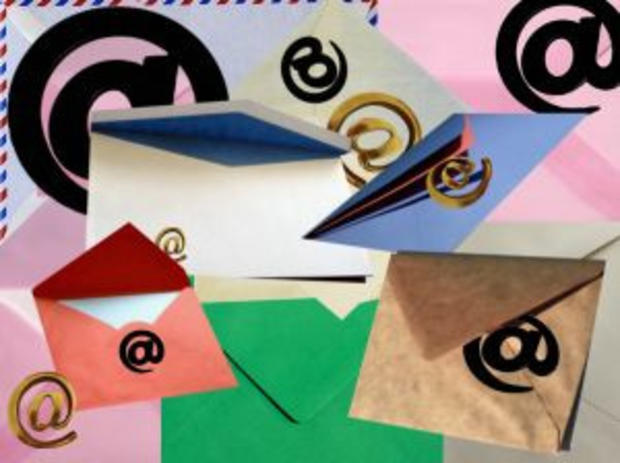4 tips to get your email read--and answered
Face it: Lots of people aren't reading your emails. There are just too many to keep up with every single one of them. But here are some steps you can use to increase the odds that yours will be one of those that gets answered.
If you want someone to respond quickly, don't write a note that requires more than a few seconds to read. No one really reads emails longer than three sentences; people scan, archive, delete, forward and ignore longer emails, but they do not read them. So, if you want to get someone to email you back quickly, you need to say what needs to be said as quickly as possible and make it urgent.
Most effective emails have the entire message in the subject line.
Such as:
RE: Call me before 4pm today for meeting briefing.
RE: We got the contract, need to discuss terms tomorrow by noon. Call ASAP
RE: Email your spec's for the proposal to me and Jill by 2:30pm for meeting
These emails get action nearly immediately. Not just internally, but with clients, prospects and gatekeepers. Why? Because you've said what you wanted, why you wanted it, when you wanted it, and you said it fast.
Step 1: Declare action requests up front.
Remember, your objective is to get the recipient to take action--send an email, make a call, or arrange a meeting. So declare what action you want upfront. Immediately after the salutation, type "Action Requests:" and then make your list of one or more things you want and include the time frame. Most people read just as much of the email as is in the "preview" window on their email program. Bury your action requests somewhere outside of that window and they may be buried forever.
Step 2: Write out your context and details.
Emails are best when used for transporting documents, setting up logistics for meetings and conference calls or making requests. All of these are short and transactional. This is an email, not a formal letter. If you need to send a formal letter, then write an email that follows my guidelines and attach the formal letter document.
Step 3: Write your email as if your boss, your spouse, your mom and a lawyer were going to read it out at a press conference.
Have you ever seen someone make a complete fool out of himself by attaching a long email string with personal and vitriolic commentary in it? How about the squabbling about one point? You don't know who the full audience is going to be for one of your emails or email responses. Often times the nastiest emails were written by someone who was "showing off" for someone else- a boss, co-worker, friend, whom they have blind-copied. You can be certain your response will go right back to that person as well.
So, never fight by email. Never respond to a nasty-gram email by email.
And arrange for a conference call or meeting when there are more than 2-3 issues to be resolved; email is not the best medium for that.
Step 4: Always read your email twice before you send it.
Just because it is not a letter does not mean you get to ignore grammar as you might in instant messaging or social media status posts. Email is easy to forward, and when it is forwarded, it may be making your first impression for you with a decision maker or an important prospect.
Through some painful experiences, I have come to regard email as a great tool for "transacting" but not a great tool for "communicating." Keep it to transactions, keep it short and you will get more and faster responses.
